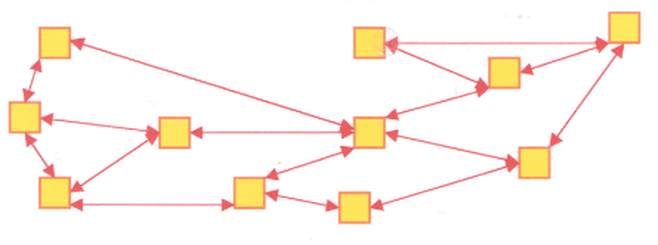THE EVOLUTION OF THE INTERNET - an information highway to the world ...
The Internet is a product of the 1960's and was formed in 1968 when the US Department of Defence's Advanced Research Projects Agency (ARPA) funded what would become the first global computer network (ARPANET).
The ARPANET's design featured multiple hosts - and multiple connections among those hosts - greatly reducing the chances of total network failure. There was no central hub (which would have created a point of vulnerability), so control was spread throughout the network, allowing it to continue to function even if some of the hosts were incapacitated.
The ARPANET's design featured multiple hosts - and multiple connections among those hosts - greatly reducing the chances of total network failure. There was no central hub (which would have created a point of vulnerability), so control was spread throughout the network, allowing it to continue to function even if some of the hosts were incapacitated.
In 1989, the Department of Defence decommissioned the ARPANET and all the sites switched over to the National Science Foundation network (NSFnet). From this moment, expansion incorporated sites for businesses, universities and government and military installations. This is known as the INTERNET.
THE INTERNET - the largest computer network in the world
Internet communication is made possible by the Transmission Control Protocol/Internet Protocol (TCP/IP) software on the computer. This sends information to the connected computer and passes it on to other computers until it reaches its destination, utilising a ROUTER to determine the path.
Numerous routes exist between one computer and others - allowing all paths through the Internet to lead to the destination.
All the information sent - e.g. an email - is divided into small packets and each packet is sent separately across the internet. (If a packet is mislaid, the TCP/IP will resent only the missing packet.) The destination computer collects the packets, reassembles them into the original data, and deposits the packet with the server awaiting delivery to the destination inbox.
Every computer connected to the internet has its own unique internet Protocol address that allows the packet to be delivered to a specific computer. An IP address is a 32-bit address format, such as:
2204.115.34.10 - instead of 16 Riverside, London - for instance
